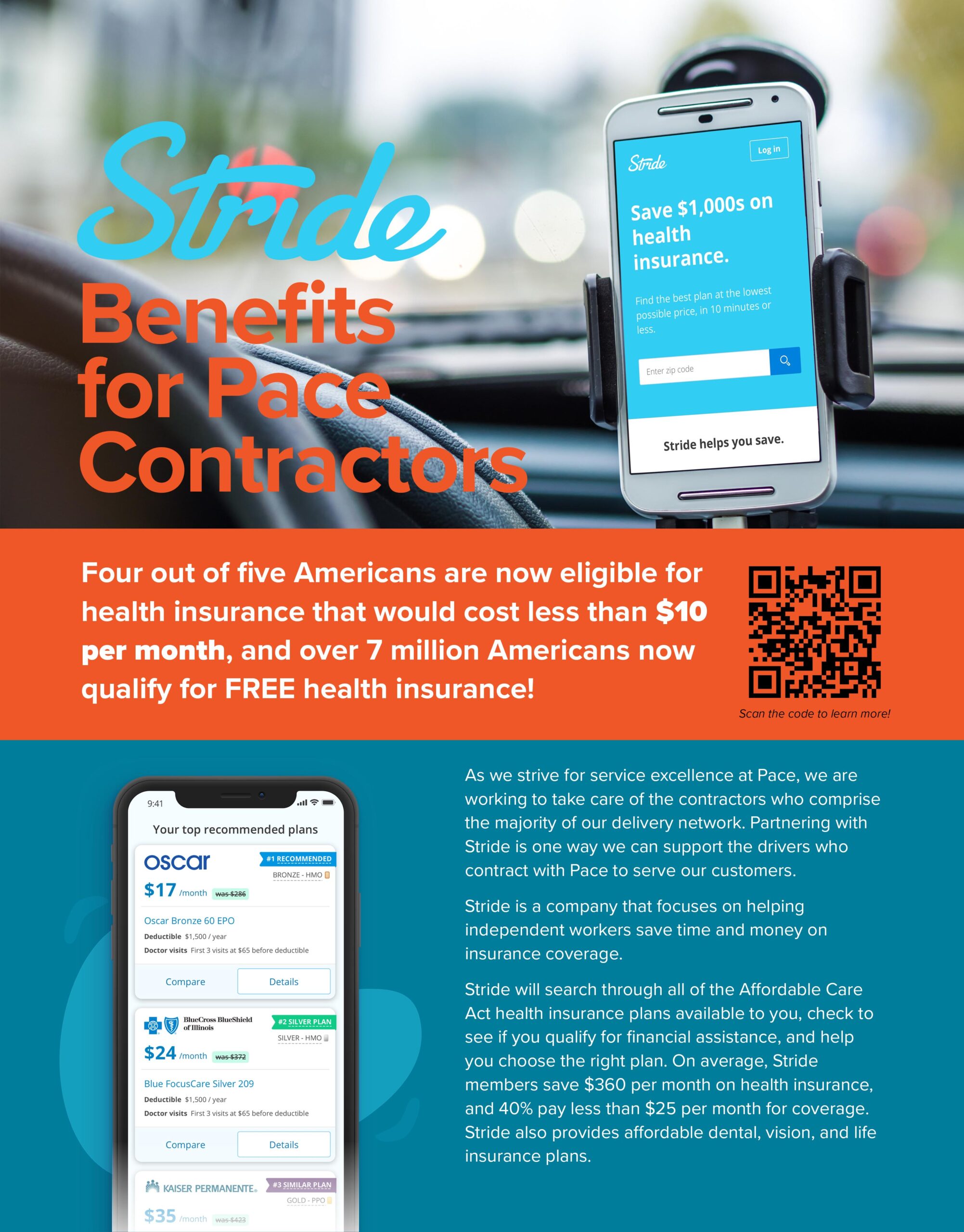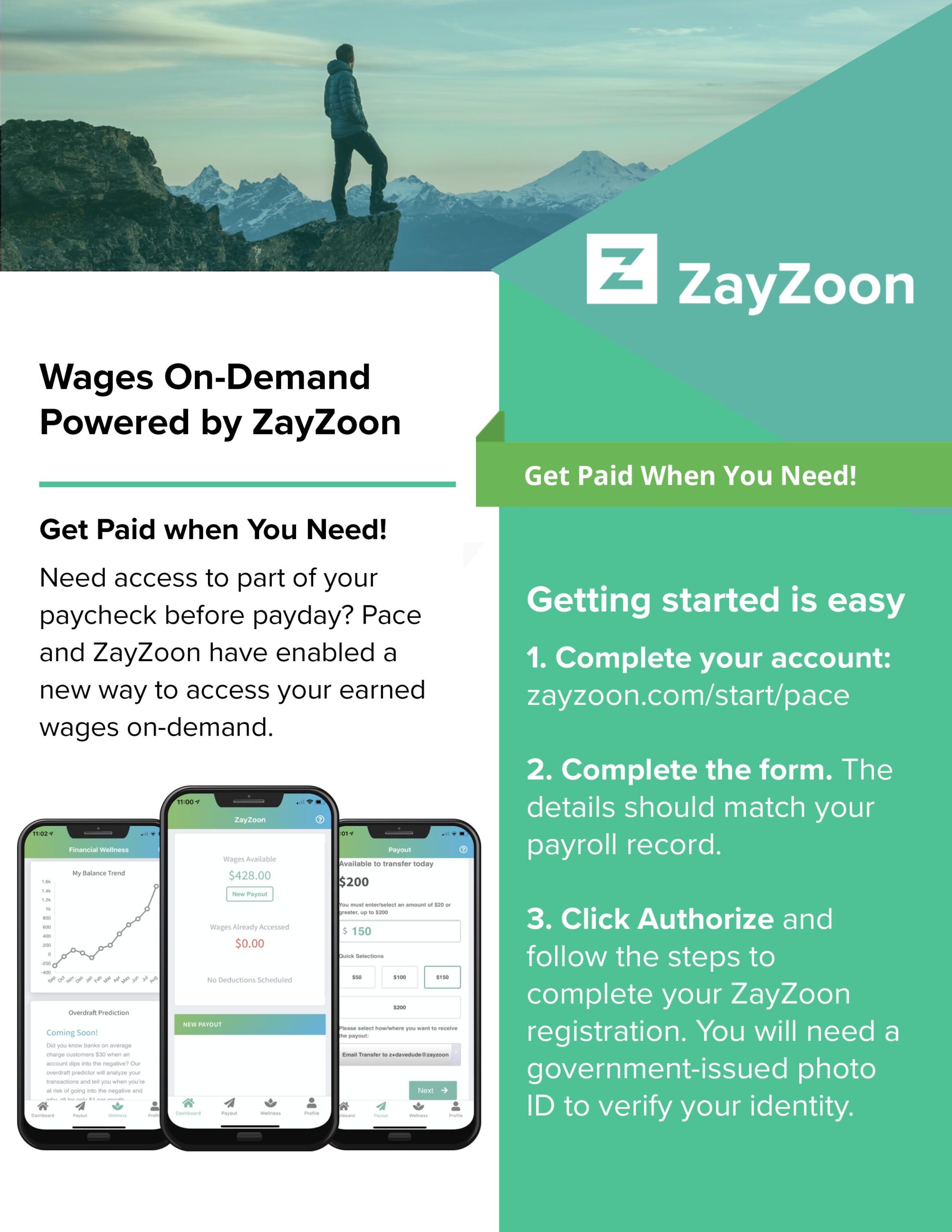
What is Sales and Operations Planning?
Invented almost forty years ago, Sales & Operations Planning (commonly referred to as S&OP) was conceived as a method to “force” isolated enterprise business units to work together. Across countless industrial sectors many companies’ business unit workflows and processes ran on their own – “in silos” – with little cross-functional communication and collaboration. Functions such as production, procurement, finance, and sales were on their own islands.
Each would have their own “truth” or “North Star”, and perhaps none of these truths were guiding the business as a whole. S&OP was devised as the fix. The delivery of a single, reliable view of production and sales was the goal. Demand would drive supply. There would be no guessing about orders, resulting in driving out production cost inefficiencies. Demand planning, supply planning, and inventory management benefited.
How Sales and Operations Planning Works
In the early years of S&OP cross-functional teams would meet monthly, or sometimes even quarterly. Gradients of S&OP proficiency were created. The Sales & Operations Planning process included five levels:
- Sales forecasting
- Demand planning
- Supply planning
- Plan reconciliation
- Plan implementation
A level five S&OP practicing company demonstrated a thorough process up to and including extended supply chains with customers and suppliers included in the equation, and its finance function was fully engaged.
The Role of S&OP Planning in Today’s Marketplace
Fast forward thirty years. For many, S&OP became “so 80’s” and was considered a thing of the past. However, the last decade has witnessed the global supply chain adapting to rapidly shifting consumer trends, news cycles, geopolitical pressures, and escalated product innovation timelines. As e-commerce companies move toward a previously unthought objective of delivering ordered products in one hour, the pressures in the supply chain appear to escalate exponentially. Customized product demands add to the pressures. The time window from product conception to market is smaller than ever. Market share depends on finely tuned anticipation of consumer shifts and the ability to shift, scale, and respond rapidly.
In this landscape there is a renewed interest in the old-fashioned and fundamental S&OP. It seems that regardless of the latest deployed technology and systems, it’s ever more important to collaborate cross-functionally and to work from data and numbers that are “the truth.” In fact, that source of truth has never been more illuminating nor accessible than today with data and business intelligence opportunities at our fingertips. Working in silos was never a good thing. To compete in today’s marketplace, working in synergy across departments is the ticket to successful business outcomes.
Whether you call it Sales &Operations Planning (S&OP) or the more recently-dubbed Integrated Business Planning (IBP), what’s important is cross-functional collaboration with honest and agreed-upon data and an integrated effort. The S&OP process, when expertly practiced, provides discipline in knocking down silos. Running the five step S&OP sequential loop of sales forecasting, demand planning, supply planning, plan reconciliation, and plan implementation sets the stage for the achievement of operational and strategic business goals.
The lesson? Sometimes an old-fashioned way of doing things proves to be a good way of doing things. Revisit Sales and Operations Planning as a strategy for breaking down silos and working collaboratively across your business.









